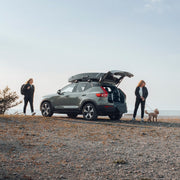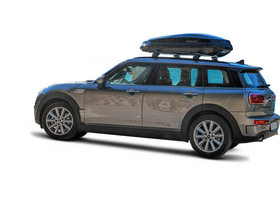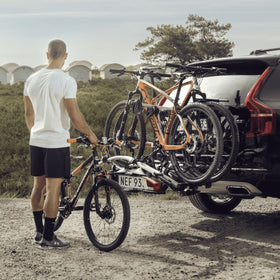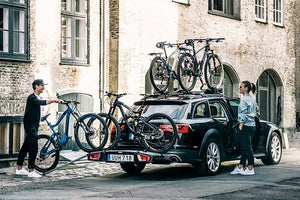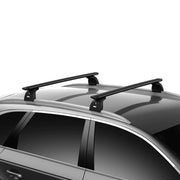

January 30, 2024
Balancing Safety and Storage: The Do’s and Don’ts of Loading Roof Bars
Introduction
When it comes to maximizing your vehicle's storage space, roof bars are a game-changer. However, the convenience of extra storage comes with the responsibility of ensuring safety and efficiency. This comprehensive guide explores the best practices for loading roof bars, the crucial role of weight distribution, and common pitfalls to avoid.
Understanding the Basics of Roof Bars
What are Roof Bars?
Roof bars are horizontal bars mounted on the top of a vehicle, designed to transport cargo. They serve as the foundation for mounting equipment like roof boxes, bike racks, and ski carriers.
Types of Roof Bars
- Standard Bars: Basic, affordable, and compatible with a variety of vehicles.
- Aerodynamic Bars: Designed to reduce wind noise and improve fuel efficiency.
- Specialized Bars: Customized for specific needs like heavy-duty use or sports equipment.
The Importance of Proper Weight Distribution
Why Weight Distribution Matters
Proper weight distribution is crucial for maintaining vehicle stability and control. Poorly distributed load can lead to handling difficulties, increased strain on the vehicle, and heightened risk of accidents.
Tips for Achieving Optimal Weight Distribution
- Evenly Spread the Load: Distribute weight uniformly across the bars.
- Center Heavy Items: Place the heaviest objects in the middle.
- Avoid Overloading: Adhere to the manufacturer's maximum weight limit.
Choosing the Right Equipment
Selecting Suitable Roof Bars
Consider your vehicle's make and model, the type of cargo, and frequency of use when selecting roof bars.
Essential Accessories
- Load Straps: Secure cargo firmly.
- Protective Matting: Prevents damage to the vehicle roof.
- Locks: Enhances security.
Safe Loading Techniques
Step-by-Step Loading Process
- Place Items Carefully: Start with heavier items, ensuring they are centered and balanced.
- Secure with Straps: Use load straps to fasten items firmly.
- Check Stability: Ensure everything is stable and secure before driving.
Common Mistakes to Avoid
- Overloading: Exceeding the weight limit can be dangerous.
- Uneven Loading: Can lead to poor vehicle handling.
- Inadequate Securing: Increases the risk of cargo falling off.
The Impact of Load on Driving Dynamics
Handling Changes
A loaded roof bar can alter your vehicle’s center of gravity, affecting handling and braking.
Adjusting Driving Style
Drive slower, allow extra distance for braking, and be cautious on turns.
Legal and Safety Considerations
Compliance with Laws
Ensure your setup complies with local traffic laws and regulations.
Regular Checks
- Pre-Trip Inspection: Always check the load before a trip.
- Mid-Trip Checks: Inspect the load during stops to ensure continued security.
Maintenance and Care of Roof Bars
Regular Cleaning
Keep roof bars clean to prevent rust and ensure longevity.
Inspection for Wear and Tear
Regularly inspect for any signs of damage or wear.
Advanced Tips for Efficient Loading
Utilizing Space Wisely
- Stacking Techniques: Learn how to stack items safely.
- Using Roof Boxes: For additional, secure storage.
Innovative Loading Solutions
Explore specialized carriers for specific items like bikes or kayaks.
Conclusion
Mastering the art of loading roof bars not only optimizes your vehicle's storage capacity but also ensures a safe and enjoyable journey. By understanding the do’s and don’ts – from choosing the right equipment, ensuring proper weight distribution, to practicing safe loading techniques – you can travel with confidence, knowing that you’re not just carrying your gear, but doing it in the safest possible way. Remember, it's not just about adding space; it's about balancing safety and storage to get the most out of your adventures.
Start shopping Now
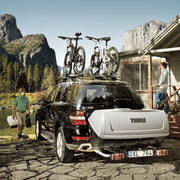
Bike Carriers & Racks
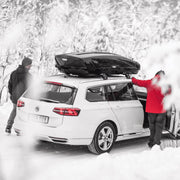
Roof Boxes & Baskets
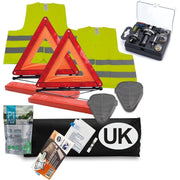
Travel Accessories
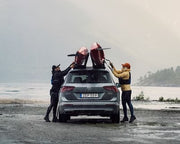
Sports & Leisure
